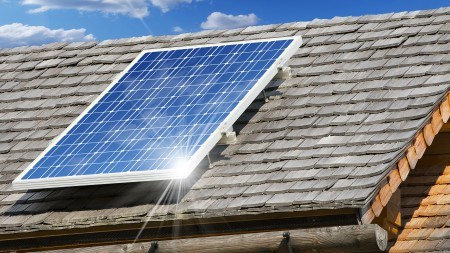With most South African homes throwing out over two kilograms of waste created in their kitchens each day, dealing with how to reduce this waste in an environmentally friendly way has become a burning issue for the planet and its occupants.
Statistics show that as much as 80% of household waste can be reused or recycled, but unfortunately many of that waste ends up in land-fills. The methane that is produced from decomposing food waste in a land-fill, which accounts for approximately 20% of household waste, is 21 times more harmful to the environment than the effects of carbon-dioxide emissions, which is a major contributor to the global climate change. This is reason enough to rethink kitchen wastage and methods used to dispose of it.
One option that can be used to reduce kitchen waste is by installing a disposal unit, which can reduce the amount of waste that is thrown into bins. Other ways to reduce the food waste is by composting and reusing it in the garden. This can either be in a traditional compost heap or by means of an earthworm farm. Using organic compost will also reduce the need for harmful chemical fertilisers and pesticides, as it inhibits certain plant diseases by building the plant’s immunity.
Other items of kitchen waste that are not organic should be separated into recyclable and non-recyclable goods. This will also minimise the amount of waste that takes up space in South Africa’s land-fills, which are already almost all at their maximum capacity. Although most South African municipalities do not collect recyclable goods separately, many areas have conveniently placed recycling centres where homeowners can drop off these items.
While certain items may not be recyclable, they can be reused. Here are some tips on what to do with these items.
Waxed-coated milk and juice cartons
As these items are waterproof, they can easily be used as paint containers or trays for home renovation and DIY projects. The waterproof element of these items also means that they can be used outside for birdfeeders.
Egg boxes or trays
Egg cartons can come in a variety of materials such as plastic, foam or cardboard. However, all these can be used for storing small items such as nails, screws and even golf balls. Homeowners can also donate them to a preschool in their area, which can use them for the children’s art and craft projects.
Corks
Instead of throwing away wine corks, they can be used for water or salad dressing bottles. They can also be cut into slices and used under the legs of tables and other furniture to prevent sliding or damage to floors. For creative homeowners, they can be turned in craft items such as picture frames or coasters.
Cereal boxes
Empty cereal boxes can be covered and stacked to make a desk organiser for school papers or a home office filing system. The cardboard from the boxes can also be used to reinforce the covers of school or other books.
Plastic containers
Although the majority of plastic containers are recyclable, those that have lids may be repurposed to store leftover food or others items.
Reducing kitchen and household waste in general is another way for homeowners to do their part to reduce their carbon footprint. Working together to reduce waste will ensure a safe and healthy environment for generations to come.



